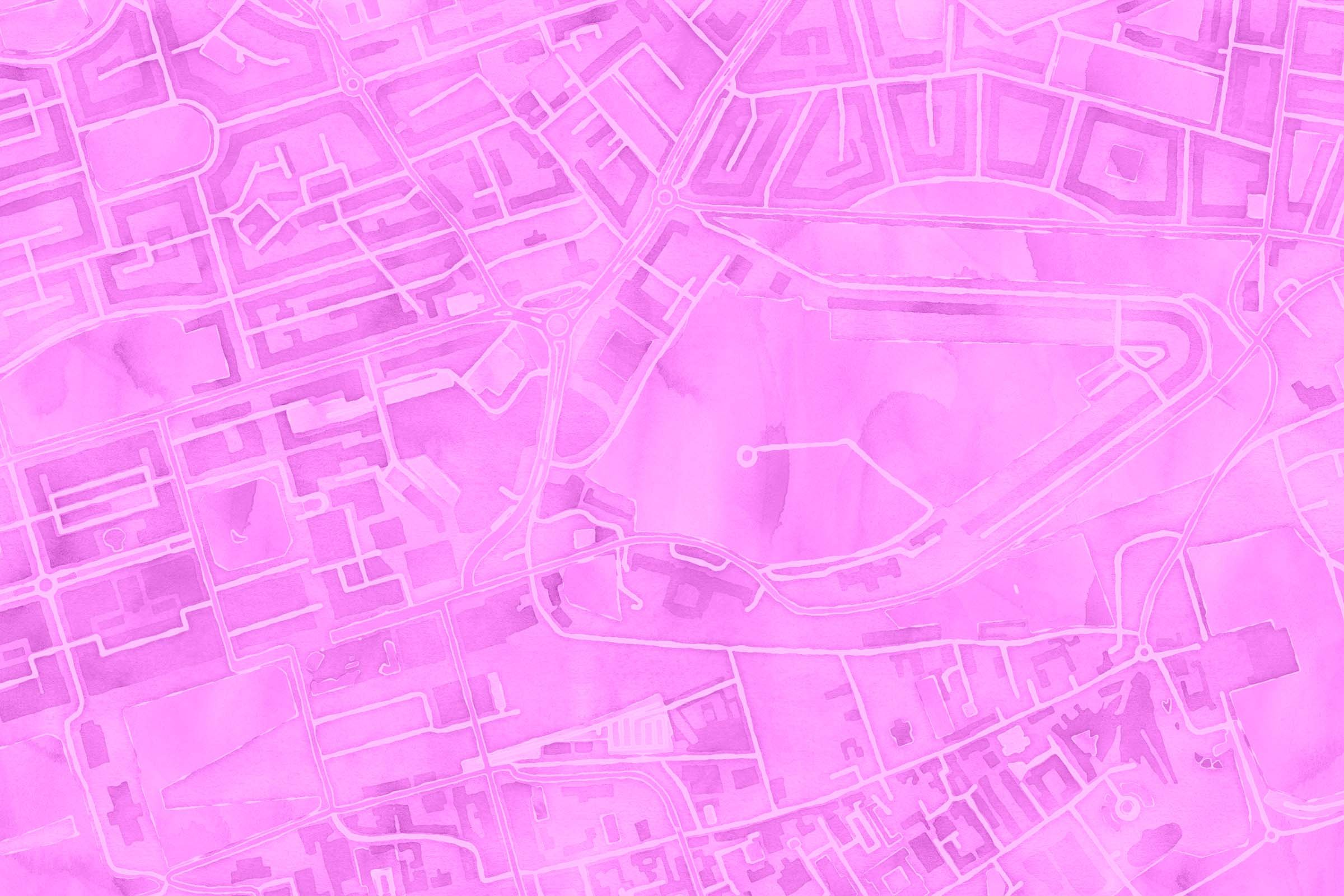
Jump to the Policy Recommendations | Research Findings
AI in the Street
Investigating how civic AI policy impacts everyday experiences of AI by scoping street-level observatories for public engagement with connected and automated urban environments.
What can AI learn from the street?
One everyday site where we often encounter AI is the street, through traffic management systems, self-driving cars, navigation apps, and facial recognition in CCTV systems.
But how are these systems rubbing up against ideas of surveillance and, as they develop further, what measures are being taken to ensure that civil liberties are being maintained? What kind of AI do we really need in the street? And what does responsible AI in the street look like?
AI in the Street is a collaborative research project that explores the messy reality of AI as encountered in the street. To make AI visible for everyday publics, researchers worked together with artists, designers and local partners to create street-based interventions in 5 cities in the UK and Australia, aiming to ground understandings of AI in lived experiences. These street-level “AI observatories” were in Cambridge, Coventry, London, Edinburgh and Logan (Australia). The observatories created opportunities for local community partners to observe how AI manifests in everyday life, turning to city streets as a place where specific transformations, benefits, harms, and (ir)responsibilities of AI in society can be made visible.
By researching communities’ perspectives on, and feelings about, the AI-enabling infrastructure that lines our streets, the AI in the Street project aims to add citizen-voices into discussions about future infrastructure installation and invisible data gathering projects, whilst questioning how open and responsible the current processes are.
Policy Paper:
Can Innovation places make good places to live and work?
As the new Government reconsiders the role of innovation in delivering mission-driven government, it is time to reconsider how place-based innovation funding is managed, delivered and measured.
About the Project
Over the last decade, the street has emerged as one of the primary sites where everyday publics encounter AI.
Industry and public sector organisations have deployed a variety of AI-based technologies in UK streets, from autonomous vehicles to facial recognition technologies. These deployments have been accompanied by significant policy initiatives defining societal benefits of AI-driven innovation, as well as institutional engagements with affected communities through policy exhibitions, user-centred workshops and citizen cafés.
However, from the perspective of the street, AI innovation often manifests as a messy social reality, provoking frictions that exceed existing frameworks for responsible innovation: for example, delivery robots have disrupted the work of the emergency services, and malfunctioning drones have caused neighbourhood-wide power outages.
There remain, then, significant divergences between the general frameworks for responsible AI and the particular lived realities of AI in the street. To build capacity among everyday publics and AI innovation consortia to engage across such divides, this 6-month project developed a situated, creative approach to public engagement with AI: street-level observatories of everyday AI.
AI in the Street is funded under the AHRC BRAID programme (Bridging Divides in Responsible AI). BRAID is a 3-year national research programme funded by the UKRI Arts and Humanities Research Council (AHRC), led by the University of Edinburgh in partnership with the Ada Lovelace Institute and the BBC. AI in the Street is a project led by the University of Warwick.

The affordances of Innovation Places mean that they could be tasked with nurturing and diffusing the benefits of innovation in more bespoke ways, building on local capabilities to deliver direct benefits and offering more opportunities and agency for people in place.
Research Findings
The key findings of this phase of the AI in the Streets project are that:
In the streets, AI is present through proxies.
In the streets, AI is doubly invisible.
AI is trialled in some streets rather than others.
In the streets, AI amplifies existing infrastructure and reinforces existing power relations.
In the streets, meaningful purposes for AI can be discovered.
You can navigate our research findings by theme, or see outputs from the observatories.

Research Findings in Depth: The Observatories
-

Cambridge, UK
What data do disabled people need to move through the street, and how does urban infrastructure interact with the lived experience of access needs?
-

Coventry, UK
How does the AI infrastructure needed for autonomous vehicle trials impact other human and more-than-human users of the street - and how might we see and hear the effects?
-

Edinburgh, UK
Engaging with residents and users of Leith Walk, seeking to capture everyday encounters with AI and understand people’s views of AI’s impact on the street.
-

Logan, AUS
Logan is one of the world’s largest drone delivery trial sites. But what do locals feel about the presence of commercial and autonomous drone delivery systems in their neighbourhood?
-

London, UK
How does AI fulfil expectations, desires and requirements in the street, and what complications does it create? Might innovation emerge from community-driven (rather than industry-led) design?

“Local authorities want to use AI. But they sometimes find its usability or predictive capacity is overstated. Councils are in fact looking for social outcomes. How can we connect better with publics – residents, people in the street – who have sometimes well-founded concerns about negative outcomes?”
– Sam Nutt, Data Ethicist for the London Office of Technology and Innovation (LOTI), AI in the Street project partner
AI in the Street Updates on Substack
The BRAID AI in the Street project publishes regular updates on Substack.
Get in Touch
Use this form to contact the AI in the Street team at the Centre for Interdisciplinary Methodologies (CIM), University of Warwick

“Understandably, engineers are especially enthusiastic about things you can put wheels on, but people vote with their feet. In Coventry, we must ask: who are the users? For this, too, data is valuable: we can use data to make visible user journeys. To do this well, public engagement is required.”
– Mark Collins, Head of Future Transport, Transport for the West Midlands, AI in the Street project partner
Image Credits
Images used across the AI in the Street section are adapted from work created during the observatories. The collage illustrations combine:
Images made by participants in the AI in the Street project.
Map tiles by Stamen Design, under CC BY 4.0. Data by OpenStreetMap, under ODbL and CC BY SA.
Icons from The Noun Project under a Public Domain or Royalty-Free license.




